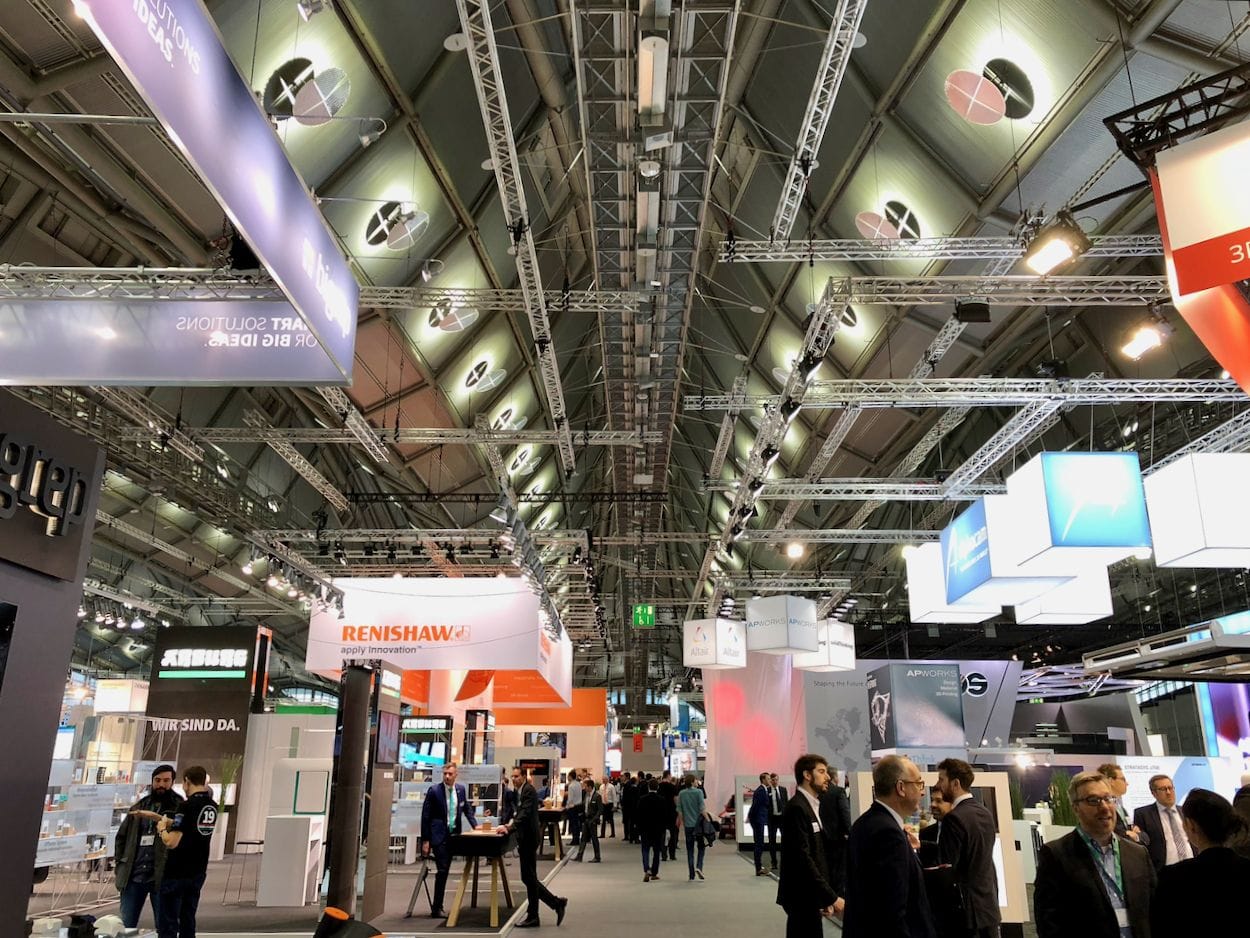
We’ve returned from FormNext 2017 and somewhat recovered from Jet Lag, and have a few things to say.
First, we are not going to publish a “Summary” of what happened at this momentous event; it was simply far too large and included so many amazing projects that it defies summarization. If you see summaries elsewhere, they will be only a small sampling of what was presented in Frankfurt.
How big was this event? Evidently there were, according to event officials, 470 exhibitors. Four hundred and seventy! This was easily the largest single dedicated event to 3D printing that has ever occurred in human history.
And it wasn’t just the exhibitors. Records indicate attendance grew from 13,500 in 2016 to 21,500 attendees this month, walking the 28,129sqm (302,778sf) of event space. It was simply enormous.
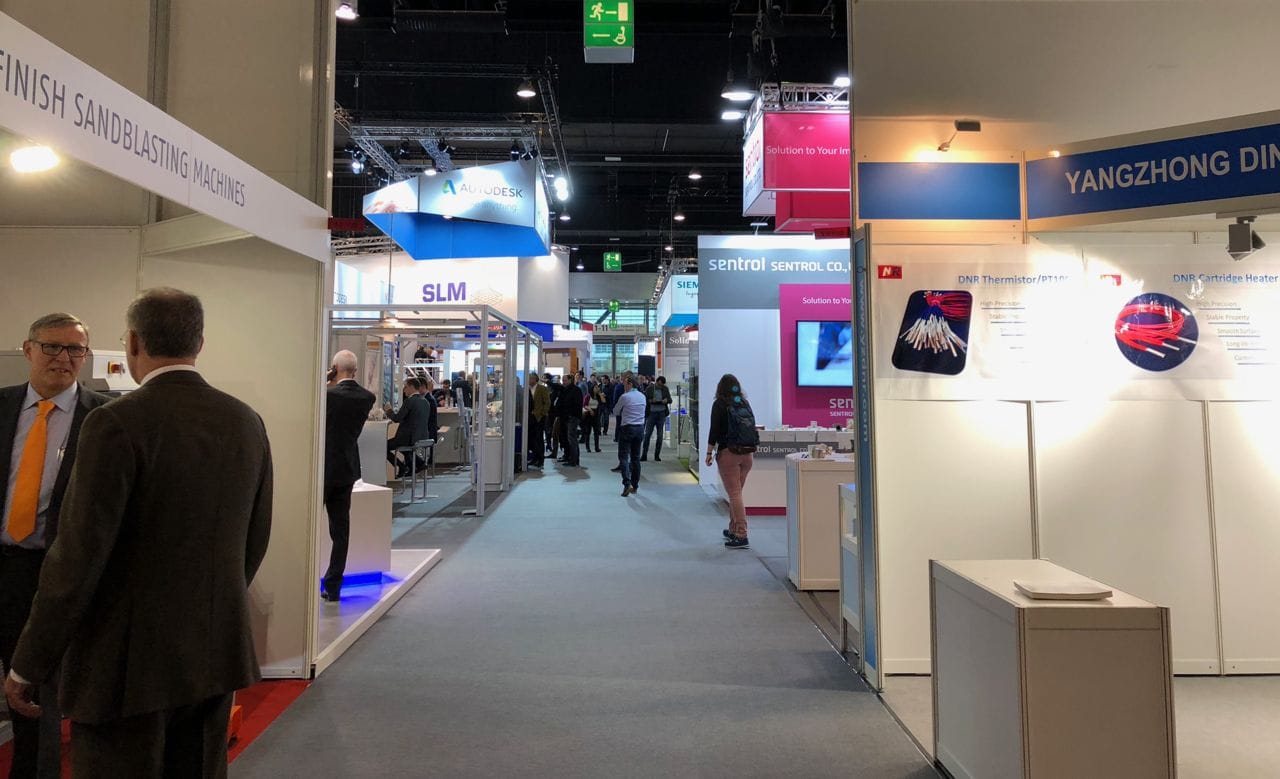
To put this in perspective, the exhibition was open for a scant 34 hours in total, meaning if anyone attempted to visit all vendors, you could spend on average only four minutes and twenty seconds each. And that doesn’t include walking between booths, lunch breaks or other biological requirements.
Most journalists attended the event for only one day, making the problem far more challenging. [That would be one minute, eight seconds per vendor if you’re calculating.]
In other words, it was essentially impossible for anyone to actually see everything.
But we tried.
We were not able to speak directly to each and every exhibitor, but we spoke to at least a quarter of them. In the process we gathered information for at the very least 60-80 stories, which we will be dribbling out over the next several weeks and months. We won’t preview them here, but keep watch on our site.
Meanwhile, I do think it is appropriate to list a couple of fundamental observations having witnessed the activities at this massive event.
It now seems very clear to me that 3D printing technology is set for a huge boom. The interest levels were sky high at this event, and there’s a reason for it.
Virtually all vendors are much more directly addressing the specific needs of their prospective clients. Yes, they’ve been doing so for years, and the desktop segment has recently been switching over, but now that they’ve been doing so for some time it appears that the customers are noticing.
This is evident in the very large number of attendees, most of which had a different character than I’ve seen at other events. In earlier years attendees seemed to be more curious about the technology than serious, and in some cases even dismissive. The people at this event included a significant number of buyers and evaluators looking for equipment to do real business with.
Our colleague at Gartner, Pete Basiliere, noted something similar:
I have been to 2D and 3D print exhibitions for over 30 years. Never had I noticed so many small groups of co-workers. This is a qualitative point, but an important one nevertheless: When 3, 4 or 5 people leave work for a day or two, with the associated travel costs and the work left undone back at the company, then they must be serious prospects. They are not strolling along, looking to see the latest hardware but actively considering either the purchase of a 3D printer or of engaging a 3D print service bureau.
And they were actually buying. I observed many “SOLD” signs pasted on equipment sitting on the show floor. In many cases this equipment wasn’t even the actual product, but merely a demonstrator or beta test machine.
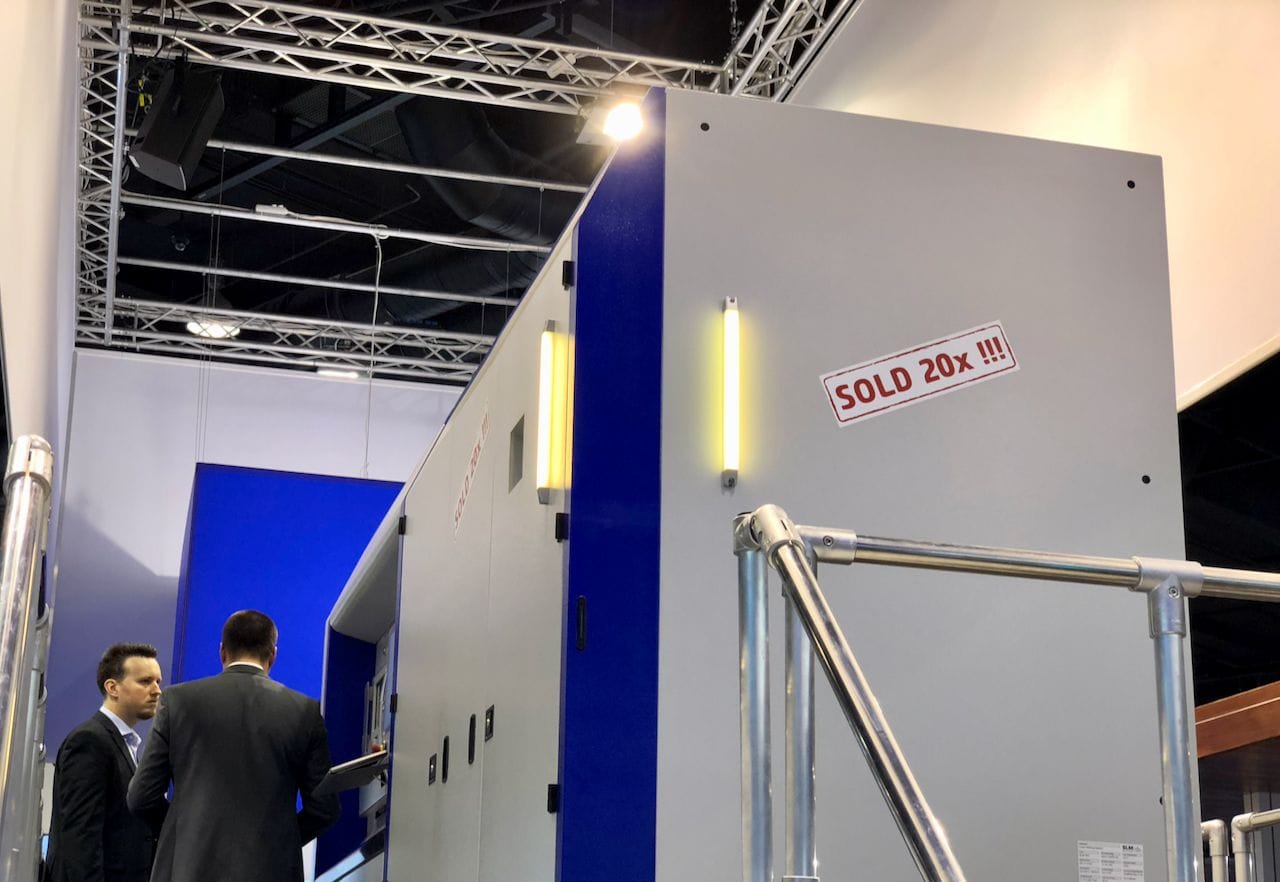
One vendor, SLM Solutions, claimed a single buyer walked in and purchased TWENTY multi-million dollar systems. I suppose that will pay for their enormous stand!
And it wasn’t just them. Virtually every vendor we spoke to was overflowing with leads, sales and new connections.
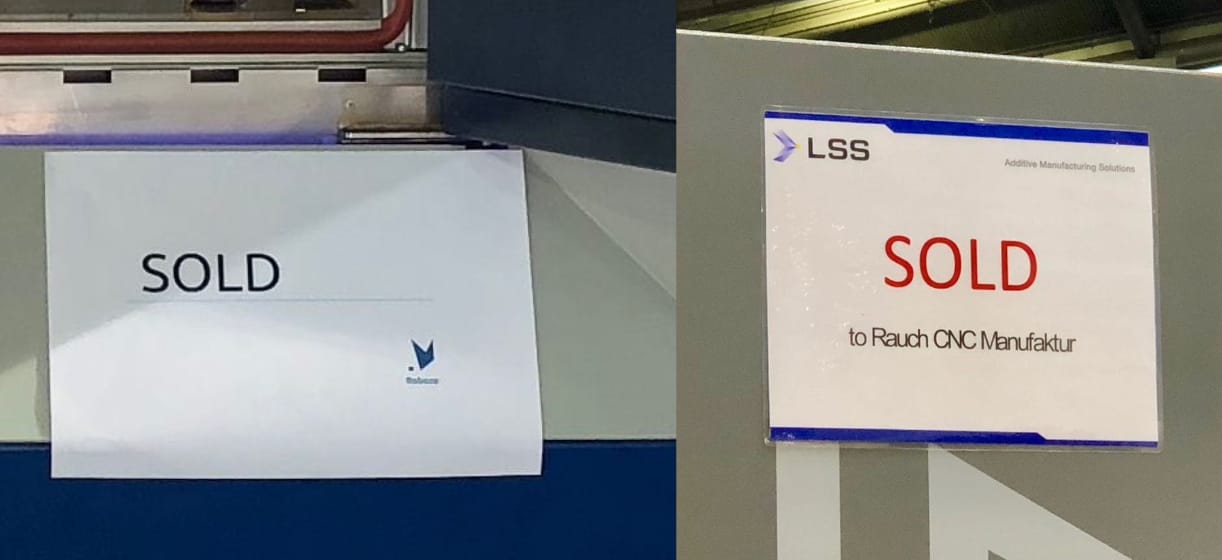
Another key indication was the Job Wall, something I had not seen at other events, at least not at this scale. The massive wall contained dozens, or perhaps hundreds of postings from a wide variety of companies seeking expertise to help them grow their 3D printing business into this ballooning market.
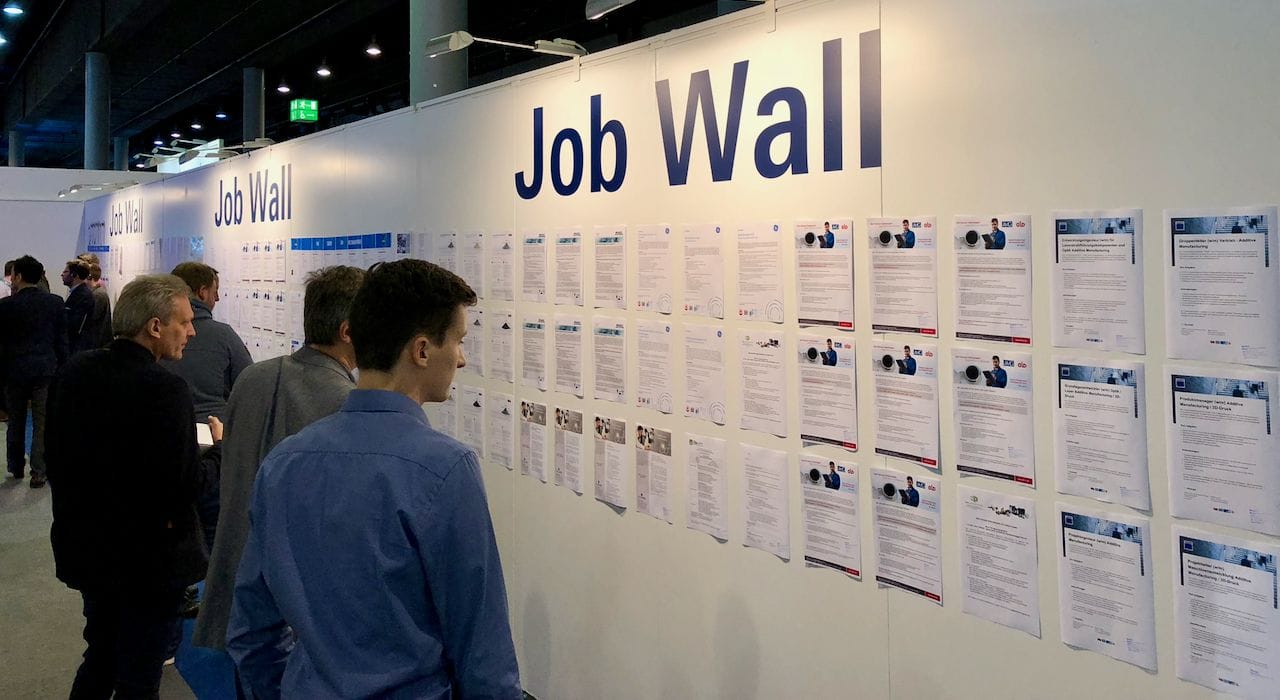
All of this activity will generate additional revenue for these companies, who will use it to improve their 3D printing products and services. These improvements will generally be focused on adding capabilities to allow an increasing number of businesses to apply the technology to their unique business needs.
This will make the field larger, perhaps much larger. The boom is starting, and it’s not going to crash like the consumer 3D printing craze of 2014.

